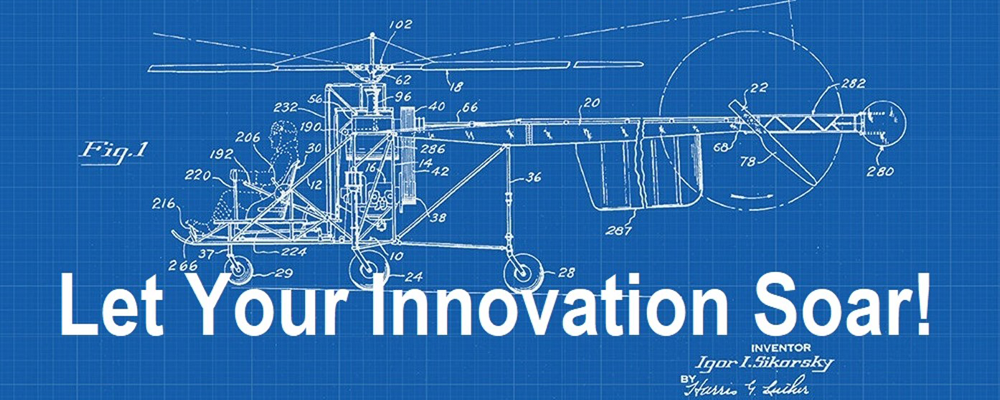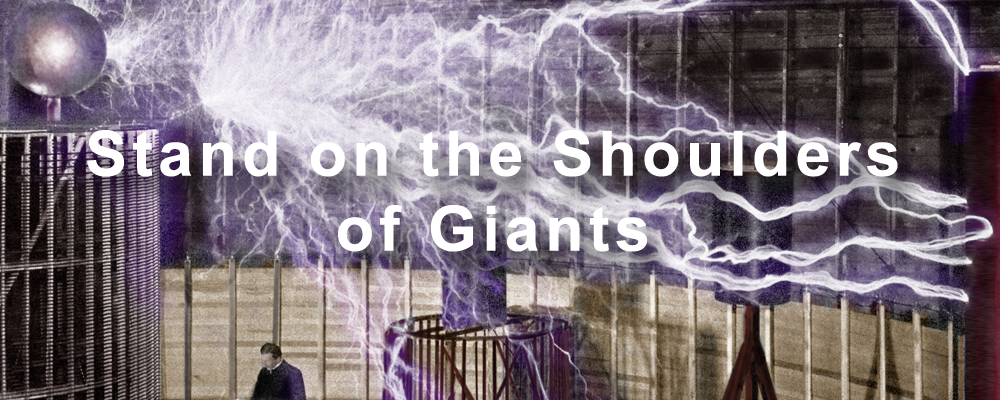International Application under the Patent Cooperation Treaty (PCT)
The Patent Cooperation Treaty (PCT) is an international treaty with more than 150 Contracting States. The PCT makes it possible to preserve the option to seek patent protection for an invention in a large number of countries simultaneously by filing a single “international” patent application. You as applicant have up to 18 months more than if you had not used the PCT to reflect on the desirability of seeking patent protection in foreign countries and to pay the national fees.
The PCT system is a patent “filing” system, not a patent “granting” system. The granting of patents remains under the control of the national or regional patent offices in what is called the “national phase” (or “regional phase” when an international application comes before a regional body rather than a national one).
Although the PCT system does not provide for the grant of “an international patent,” the system simplifies the process of filing patent applications, delays the expenses associated with applying for patent protection in foreign countries, and allows applicants more time to assess the commercial viability of their inventions.
Applicants generally can file an international patent application with the national patent Office of their country of residence, or directly with World Intellectual Property Organization (WIPO) if permitted by the Contracting State’s national security provisions. The office that the PCT application is filed with is referred to as the “Receiving Office.”
The PCT procedure includes:
Filing You file an international application with a national or regional patent Office or WIPO, complying with the PCT formality requirements, in one language, and you pay one set of fees.
International Search An “International Searching Authority” (ISA) (the choice of ISA must be made by the applicant on filing the international application) identifies the published patent documents and technical literature (“prior art”) which may have an influence on whether your invention is patentable, and establishes a written opinion on your invention’s potential patentability.
International Publication As soon as possible after the expiration of 18 months from the date of the earliest patent filing (“priority date”) that first disclosed the invention, the content of your international application is disclosed to the world.
Supplementary International Search (optional) A second ISA identifies, at your request, published documents which may not have been found by the first ISA which carried out the main search because of the diversity of prior art in different languages and different technical fields.
International Preliminary Examination (optional) One of the ISAs at your request, carries out an additional patentability analysis, usually on a version of your application which you have amended in light of content of the written opinion.
National Phase After the end of the PCT procedure, usually at 30 months from the priority date, you start to pursue the grant of a patent directly before the national (or regional) patent Offices of the countries in which you wish patent protection.
At Hoofe IP Law, we can guide you through the international patent application process from start to finish.



LEARN MORE...
Overview of International Application Process
The International Phase
The international phase begins when the international application is filed and, provided that the international application is not withdrawn, includes various formalities checks, an international search, preparation of a written opinion, publication of the application and, optionally, an international preliminary examination. During this phase, no national or regional Office may process or examine the application except at the specific request of the applicant.
The international phase in turn includes a number of groups of actions which are distinct in nature, though they may in practice overlap slightly in timing:
(a) Filing of the international application with an appropriate receiving Office: this includes a “request” (a petition that the international application be processed according to the Treaty, together with certain data concerning matters such as the applicant, inventor, any agent and formal details about the application, such as the title and any priority claims), a description, one or more claims, one or more drawings (where required) and an abstract;
(b) Certain procedural checks are carried out, an international filing date is accorded and copies of the application are sent to the International Bureau (the record copy) and the International Searching Authority (the search copy);
(c) An international search by the International Searching Authority: this includes a search for earlier disclosures relevant to the novelty and inventive step of the claimed invention and the establishment of an international search report and a written opinion on novelty, inventive step and industrial application, normally at 16 months from the priority date, as detailed later in this document;
(d) International publication of the international application, the international search report, and Article 19 amendments (if any) by the International Bureau at 18 months from the priority date; the written opinion of the International Searching Authority (and any informal comments filed by the applicant) will be made available to the public at the same time;
(e) Optionally, at the request of the applicant, a supplementary international search by a participating Authority other than the one which conducted the main international search, in order to extend the overall scope of the search (for example, to better cover prior art in languages not covered by the main Authority). Supplementary international searches may be requested from more than one participating Authority;
(f) Optionally, at the request of the applicant by filing a “demand” (Chapter II of the PCT), an international preliminary examination conducted by the International Preliminary Examining Authority, in which the examiner considers further the issues of novelty, inventive step and industrial application, taking into account any comments or amendments under Article 19 or 34 from the applicant, as detailed later in this document; this concludes with the establishment of an international preliminary examination report, which is entitled “international preliminary report on patentability (Chapter II of the Patent Cooperation Treaty);”
(g) Issuance of an “international preliminary report on patentability (Chapter I of the Patent Cooperation Treaty)” by the International Bureau on behalf of the International Searching Authority if the applicant does not file a demand requesting examination of the international application in response to the written opinion as established by the International Searching Authority; such an international preliminary report on patentability has the same content as the written opinion established by the International Searching Authority;
(h) Distribution by the International Bureau of documents to the designated Offices or elected Offices, including copies of the application, any amendments which have been filed, any supplementary international search reports(s), and an international preliminary report on patentability, comprising either the contents of the written opinion by the International Searching Authority or, where established, the international preliminary examination report.
The National (or Regional) Phase
After 30 months from the priority date of the application (20 months in certain Contracting States due to transitional provisions; States also have the option of specifying a later date applicable for applications before their Office), the application may begin its national (or regional) phase in each designated Office (if international preliminary examination has not been demanded and Chapter I of the PCT applies) or elected Office (if international preliminary examination has been demanded and Chapter II of the PCT applies). This is the procedure which actually leads to the grant, or refusal, of a patent according to the relevant national law or regional arrangement. While the national and regional Offices may not make further requirements beyond those of the Treaty and Regulations in respect of matters of form and contents, they are not bound by the Treaty to follow the results of any international search or examination which has been performed when the application is examined during the national or regional phase.
Ref.: https://www.wipo.int/export/sites/www/pct/en/texts/pdf/ispe.pdf
Summary of the PCT
Filing a PCT application has the effect of automatically designating all Contracting States bound by the PCT on the international filing date. The effect of the international application is the same in each designated State as if a national patent application had been filed with the national patent office of that State.
The international application is subjected to an international search. That search is carried out by one of the competent International Searching Authorities (ISA) under the PCT and results in an international search report, that is, a listing of the citations of published documents that might affect the patentability of the invention claimed in the international application. In addition, a preliminary and non-binding written opinion on whether the invention appears to meet patentability criteria in light of the search report results is also issued.
The international search report and written opinion are communicated to the applicant who, after evaluating their content, may decide to withdraw the application, in particular where the content of the report and opinion suggests that the granting of patents is unlikely, or the applicant may decide to amend the claims in the application.
If the international application is not withdrawn, it is published by the International Bureau, together with the international search report. At the same time, the written opinion is made available on PATENTSCOPE.
Before the expiration of 22 months from the priority date, the applicant has the option to request a Supplementary International Searching Authority (SISA) (an ISA willing to offer this service) to carry out an additional search of relevant documentation, specifically focusing on documents in the particular language in which that authority specializes. The goal of this additional search is to reduce the likelihood of further documents coming to light in the national phase that would make granting the patent unlikely.
An applicant that decides to continue with the international application with a view to seeking national (or regional) patents can, in relation to most Contracting States, wait until the end of the thirtieth month from the priority date to commence the national procedure before each designated office by furnishing a translation (where necessary) of the application into the official language of that office, paying to it the necessary fees and acquiring the services of local patent agents.
If the applicant wishes to make amendments to the application, for example, in order to address documents identified in the search report and conclusions made in the written opinion—and to have the potential patentability of the “as-amended” application reviewed—an optional international preliminary examination may be requested. The result of the preliminary examination is an international preliminary report on patentability (IPRP Chapter II) which is prepared by one of the competent International Preliminary Examining Authorities (IPEA) under the PCT and which contains a preliminary and non-binding opinion on the patentability of the claimed invention. It provides the applicant with an even stronger basis on which to evaluate the chances of obtaining a patent and, if the report is favorable, a stronger basis on which to continue with the application before national and regional patent offices. If no international preliminary examination has been requested, the International Bureau establishes an international preliminary report on patentability (IPRP Chapter I) on the basis of the written opinion of the ISA and communicates this report to the designated offices.
The procedure under the PCT has numerous advantages for applicants, patent offices and the general public:
(i) applicants have up to 18 months more than if they had not used the PCT to reflect on the desirability of seeking protection in foreign countries, appoint local patent agents in each foreign country, prepare the necessary translations and pay national fees;
(ii) applicants can rest assured that, if their international application is in the form prescribed by the PCT, it cannot be rejected on formal grounds by any designated office during the national phase;
(iii) on the basis of the international search report and the written opinion, applicants can evaluate with reasonable probability the chances of their invention being patented;
(iv) applicants have the possibility, during the optional international preliminary examination, to amend the international application and thus put it in order before processing by the various patent offices;
(v) the search and examination work of patent offices can be considerably reduced or eliminated thanks to the international search report, the written opinion and, where applicable, the international preliminary report on patentability which are communicated to designated offices together with the international application;
(vi) applicants are able to access fast-track examination procedures in the national phase in Contracting States that have PCT-Patent Prosecution Highway (PCT-PPH) agreements or similar arrangements;
(vii) since each international application is published with an international search report, third parties are in a better position to formulate a well-founded opinion about the potential patentability of the claimed invention; and
(viii) for applicants, international publication on PATENTSCOPE puts the world on notice of their applications, which can be an effective means of advertising and looking for potential licensees.
Ref.: https://www.wipo.int/treaties/en/registration/pct/summary_pct.html






